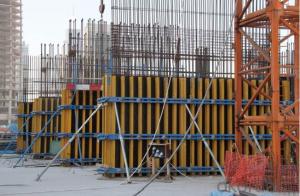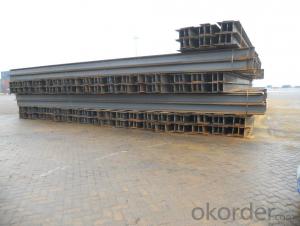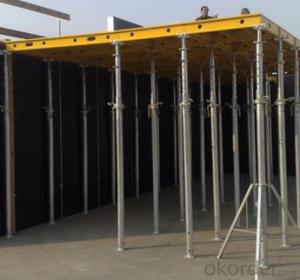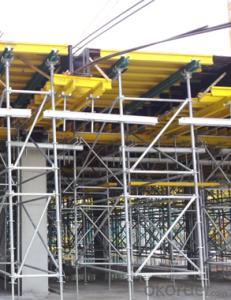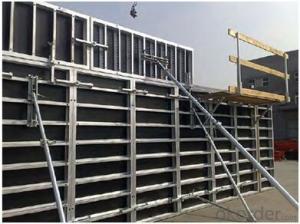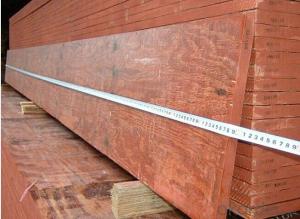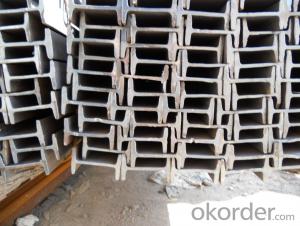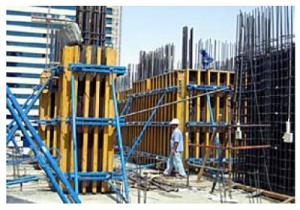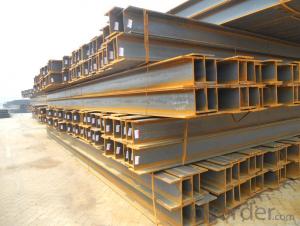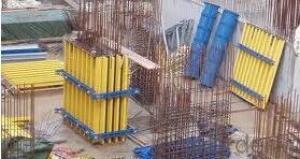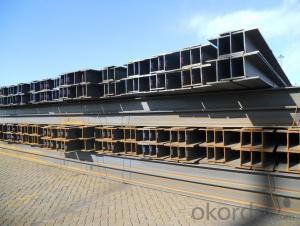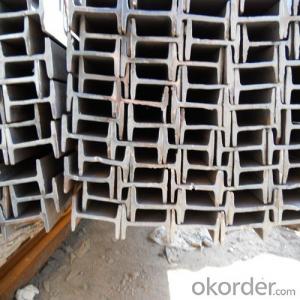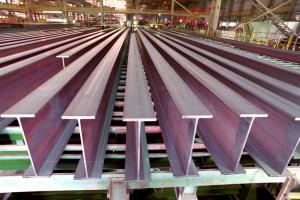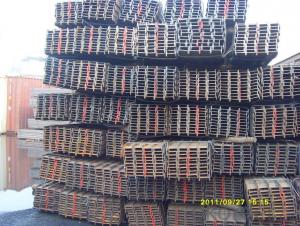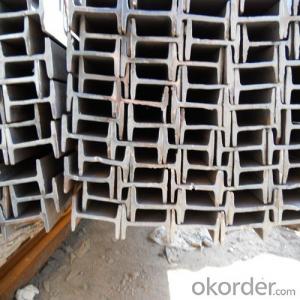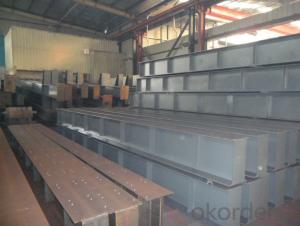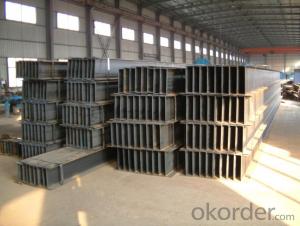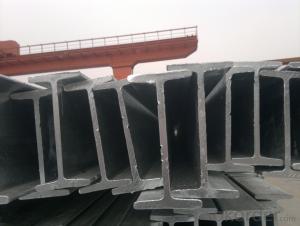Steel Structure Beam Column Connection
Steel Structure Beam Column Connection Related Searches
Best Paint For Stainless Steel Blanket Insulation For Steel Buildings Primer For Galvanized Steel Foam Filter For Stainless Steel H S Code For Stainless Steel Surface Grinding Wheels For Stainless Steel Surface Grinding Wheels For Hardened Steel Hole Saw For Stainless Steel Paint For Stainless Steel Stainless Steel For BbqHot Searches
Steel Mesh Panels For Sale Price For Stainless Steel Scrap Scrap Price For Stainless Steel Price For Stainless Steel Stainless Steel Tank For Sale Stainless Steel Sheets For Sale Cheap High Tea Sets For Sale Stainless Steel Tanks For Sale Stainless Steel For Sale High Density Fiberboard For Sale Solar Hot Water Collectors For Sale Scaffolding For Sale In Uae Scaffolding For Sale In Ireland Scaffolding For Sale In Houston Type Of Inverter For Solar Price Of Shipping Containers For Sale Types Of Inverter For Solar Stock Price For Aluminum Used Solar Inverter For Sale Steel Mesh Panels For SaleSteel Structure Beam Column Connection Supplier & Manufacturer from China
Okorder.com is a professional Steel Structure Beam Column Connection supplier & manufacturer, offers integrated one-stop services including real-time quoting and online cargo tracking. We are funded by CNBM Group, a Fortune 500 enterprise and the largest Steel Structure Beam Column Connection firm in China.Hot Products
FAQ
- Steel H-beams have multiple options for anti-corrosion treatments. These treatments aim to safeguard the beams from corrosion caused by moisture, chemicals, or other corrosive elements. One commonly utilized treatment is hot-dip galvanizing. This method involves immersing the H-beams in molten zinc, which creates a protective zinc coating on the steel's surface. This coating acts as a barrier, preventing corrosion from reaching the steel. Hot-dip galvanizing is a highly effective and long-lasting treatment for corrosion protection. Another option is applying corrosion-resistant paint or coating to the H-beams. These specialized paints or coatings form a protective barrier against corrosion. They can be applied through various methods, such as spray painting or powder coating. This treatment is often combined with other methods, like hot-dip galvanizing, to enhance protection. Apart from galvanizing and painting, there are other anti-corrosion treatments available for steel H-beams. One of these is the use of corrosion inhibitors. Corrosion inhibitors are chemicals that form a protective film when applied to the steel's surface, inhibiting corrosion. These inhibitors can be in liquid, spray, or coating form. Additionally, electroplating is another treatment option for steel H-beams. This process involves submerging the beams in an electrolyte solution and using electricity to deposit a layer of metal, such as zinc or chromium, onto the steel's surface. This metal layer acts as a sacrificial coating, safeguarding the underlying steel from corrosion. In conclusion, various anti-corrosion treatments are available for steel H-beams, including hot-dip galvanizing, painting or coating, corrosion inhibitors, and electroplating. The choice of treatment depends on factors such as the environment the beams will be exposed to, desired corrosion protection level, and cost considerations. Consulting with professionals in the field is crucial to determine the most suitable treatment option for specific applications.
- Steel H-beams are generally a durable and reliable choice for construction in coastal areas. The coastal environment typically presents challenges such as high humidity, saltwater exposure, and strong winds, which can accelerate corrosion and structural degradation. However, steel H-beams are designed to withstand these conditions. One of the key advantages of steel H-beams in coastal areas is their excellent corrosion resistance. Most steel H-beams are made from carbon steel with a protective coating, such as galvanization or epoxy paint. These coatings form a barrier that prevents moisture and saltwater from reaching the underlying steel and causing corrosion. Additionally, the structural design of H-beams, with their wide flanges and deep web, provides excellent strength and stability against the forces of wind and waves. Moreover, steel H-beams have a long lifespan and require minimal maintenance in coastal areas. The protective coatings, combined with the inherent strength of steel, ensure that these beams can withstand the harsh coastal environment for many years without significant deterioration. Regular inspection and maintenance of the coatings can further extend their lifespan. However, it is important to note that the performance of steel H-beams in coastal areas can still be influenced by various factors. The specific location, proximity to the shoreline, exposure to salt spray, and prevailing wind conditions can all impact the performance and longevity of steel H-beams. Therefore, it is crucial to consult with structural engineers and adhere to proper design and construction practices to ensure the optimal performance of steel H-beams in coastal areas.
- Steel H-beams are designed to be strong and rigid, making them highly effective in high-wind areas. Their structural integrity allows them to withstand the strong forces exerted by high winds, ensuring stability and preventing structural failure. Moreover, H-beams are commonly used in construction projects specifically for their ability to resist bending and twisting, which further enhances their performance in high-wind areas.
- Yes, steel H-beams can be used for mezzanine storage systems. Mezzanine storage systems are designed to create additional space in a warehouse or industrial facility by utilizing the vertical height of the building. Steel H-beams are commonly used as the main structural component in mezzanine systems due to their strength, durability, and ability to support heavy loads. The H-beams are typically bolted together to form a sturdy framework that can support the weight of the mezzanine floor and the stored items. Additionally, steel H-beams can be easily customized and adapted to fit the specific requirements of the mezzanine system, making them a suitable choice for such applications.
- Yes, there are limitations on the length of steel H-beams. The length of H-beams is typically limited by the manufacturing capabilities and transportation logistics. In terms of manufacturing, the size and weight of the H-beam can affect the length that can be produced. Larger and longer H-beams may require specialized manufacturing equipment and processes, which may not be readily available. Transportation logistics also play a role in the length limitation. H-beams are typically transported by truck or rail, and there are restrictions on the maximum length that can be transported without obtaining special permits. These restrictions are imposed by local regulations and transportation authorities to ensure safe and efficient transportation. In addition, longer H-beams may be more prone to bending or warping during handling and installation, which can affect their structural integrity. Therefore, there may be practical limitations on the length of steel H-beams based on these considerations. It is important for architects, engineers, and manufacturers to assess the specific project requirements and limitations when determining the appropriate length of steel H-beams to ensure safety, efficiency, and compliance with regulations.
- Yes, steel H-beams can be used in data center or server room construction. Steel H-beams are commonly used in construction due to their high strength and load-bearing capacity. In data center or server room construction, where heavy equipment and racks need to be supported, steel H-beams provide the necessary structural support. They can be used for constructing the framework, floor supports, and ceiling supports in these facilities. Additionally, steel H-beams have excellent fire resistance properties, making them a suitable choice for data centers or server rooms where fire safety is crucial. Their versatility and durability make steel H-beams a reliable choice for constructing data centers or server rooms.
- Yes, steel H-beams can be used in architectural applications. H-beams are commonly used in construction and engineering projects due to their strength, durability, and versatility. In architectural applications, H-beams can be used to create structural frameworks for buildings, bridges, and other structures. They can provide support and stability, allowing for larger open spaces and flexible design options. Additionally, H-beams can be used for aesthetic purposes, adding an industrial or modern look to architectural designs. With proper engineering and design considerations, steel H-beams can be successfully incorporated into various architectural applications.
- Yes, steel H-beams can be used in roof truss systems. Steel H-beams are commonly used in construction for their strength and durability. They provide excellent support and stability, making them suitable for various structural applications, including roof truss systems. The use of steel H-beams in roof trusses ensures a strong and reliable framework, capable of withstanding heavy loads and adverse weather conditions. Additionally, steel H-beams can be easily fabricated and customized to meet specific design requirements, making them a versatile choice for roof truss systems.
















